A new study, led by the University of Portsmouth in England, has used pollen to grow hydroxyapatite capsules, so the mineral can better support bone regeneration.
Tag: Biomaterials
Incheon National University scientists develop new hydrogels for wound management
By leveraging the power of oxygen, these gelatin patches can act as effective tissue adhesives that accelerate the healing of wounds
Transparent wood-based coating doesn’t fog up
Coatings made from a wood by-product can keep our glasses and windshields clear
Virtual drug quiets noise in heart tissue images
Researchers at Washington University in St. Louis have developed a new computational approach to removing movement in images of expanding and contracting heart cells and tissues. By computationally removing movement, the algorithm mimics a drug’s action in stopping the heart, without compromising cellular structure or tissue contractility.
New biodegradable plastics are compostable in your backyard
A team led by researchers at the University of Washington has developed new bioplastics that degrade on the same timescale as a banana peel in a backyard compost bin.
A design of experiments approach to precision vaccine adjuvants
Adjuvants are added to vaccines to improve protection, extend the duration of protection and reduce the dose or number of boosters required.
Scientists Use Modified Silk Proteins to Create New Nonstick Surfaces
Scientists developed a method to make silk-based materials that refuse to stick to water, or almost anything else containing water. Molded into forms like plastic, or coated onto surfaces as a film, the silk material has nonstick properties that surpass those of commercially available nonstick surfaces.
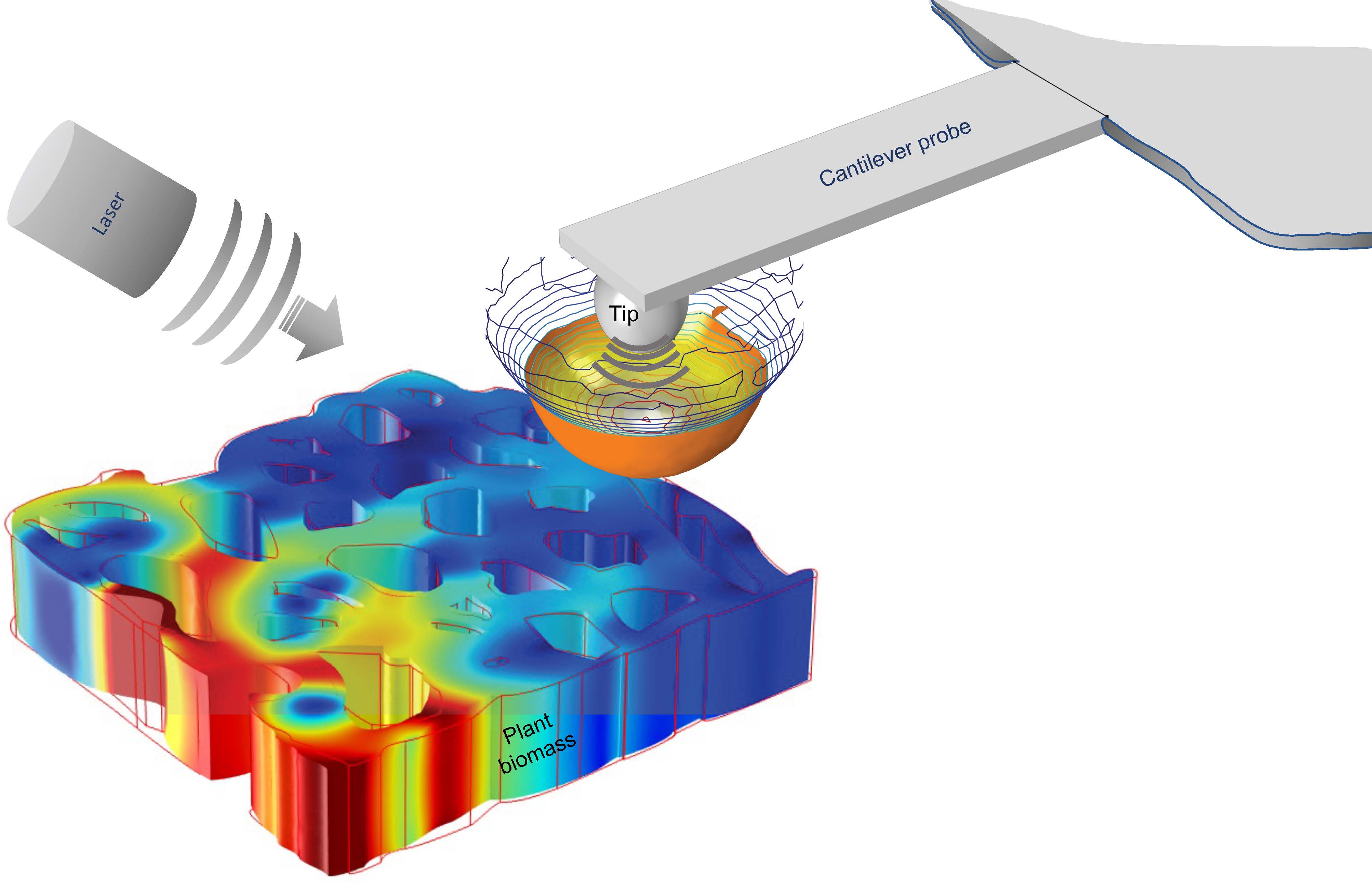
International team visualizes properties of plant cell walls at nanoscale
To optimize biomaterials for reliable, cost-effective paper production, building construction, and biofuel development, researchers often study the structure of plant cells using techniques such as freezing plant samples or placing them in a vacuum. These methods provide valuable data but often cause permanent damage to the samples.
Bone, Heal Thyself: Toward Ceramics Tailored for Optimized Bone Self-Repair
Your chance of breaking a bone sometime within the next year is nearly 4%. If you’re unlucky enough to need a bone replacement, it’ll probably be based on a metal part. Unfortunately, metal parts are sometimes toxic over time, and will not help your original bone regrow.
How Ant Teeth Cut Like a Scalpel
The built-in tools of ants have been imaged in atomic detail for the first time by materials scientist Arun Devaraj.
Putting Functional Proteins in Their Place
Using DNA, scientists organized bioactive proteins in desired 2-D and 3-D ordered arrays—promising for structural biology, biomedicine, and more.
CUR Engineering Division Announces 2021 Mentoring Awardees, Student Video Competition Winners
The Engineering Division of the Council on Undergraduate Research announces the 2021 recipients of its Mentoring Awards and winners of its Student Video Competition.
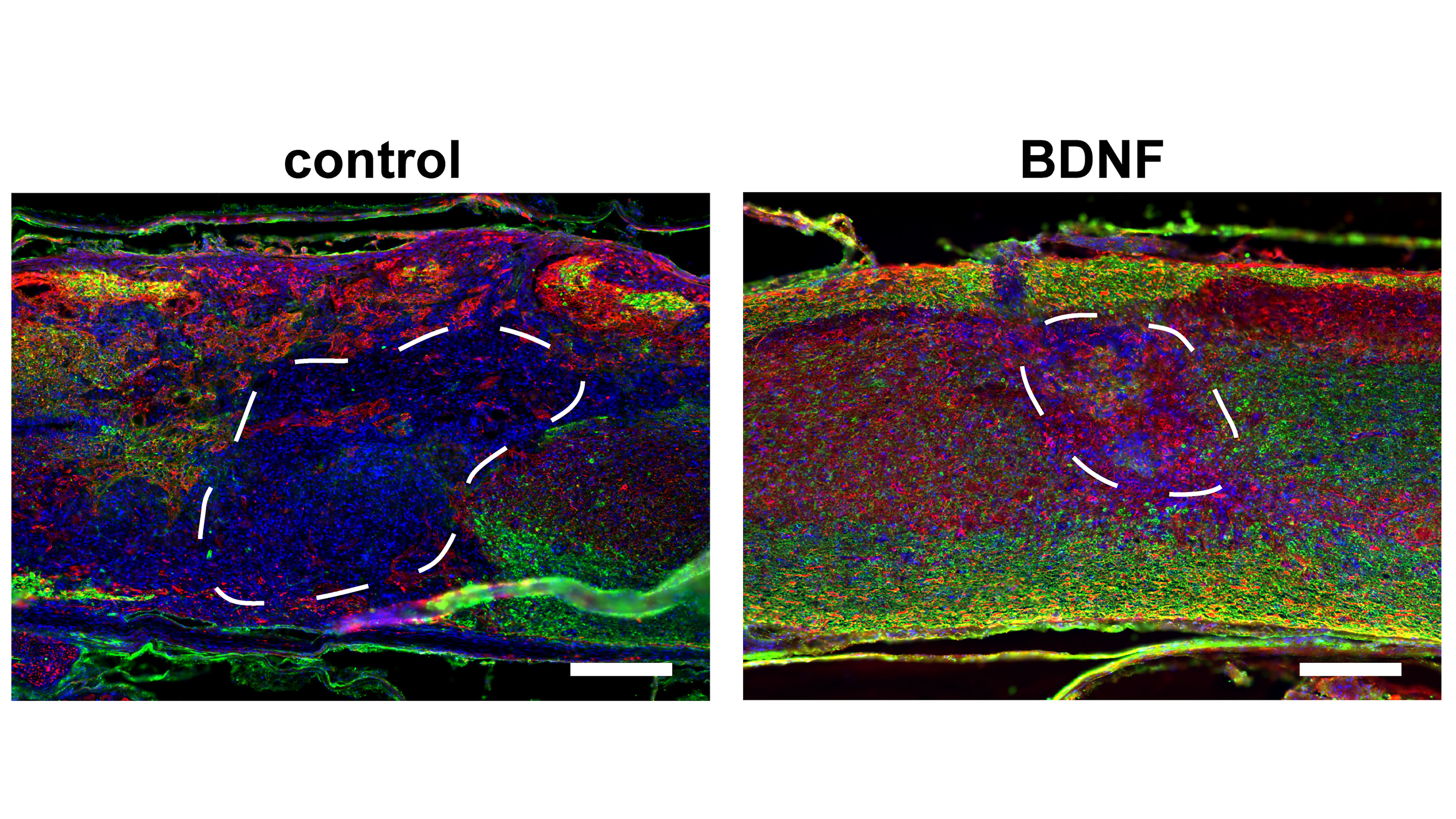
Injectable Porous Scaffolds Promote Better, Quicker Healing After Spinal Cord Injuries
In APL Bioengineering, researchers have developed materials that can interface with an injured spinal cord and provide a scaffolding to facilitate healing. To do this, scaffolding materials need to mimic the natural spinal cord tissue, so they can be readily populated by native cells in the spinal cord, essentially filling in gaps left by injury. The researchers show how the pores improve efficiency of gene therapies administered locally to the injured tissues, which can further promote tissue regeneration.

David Kaplan Elected to National Academy of Engineering
David Kaplan, the Stern Family Professor of Engineering at Tufts University School of Engineering, has been elected to the National Academy of Engineering in recognition of his contributions to silk-based materials for tissue engineering and regenerative medicine.
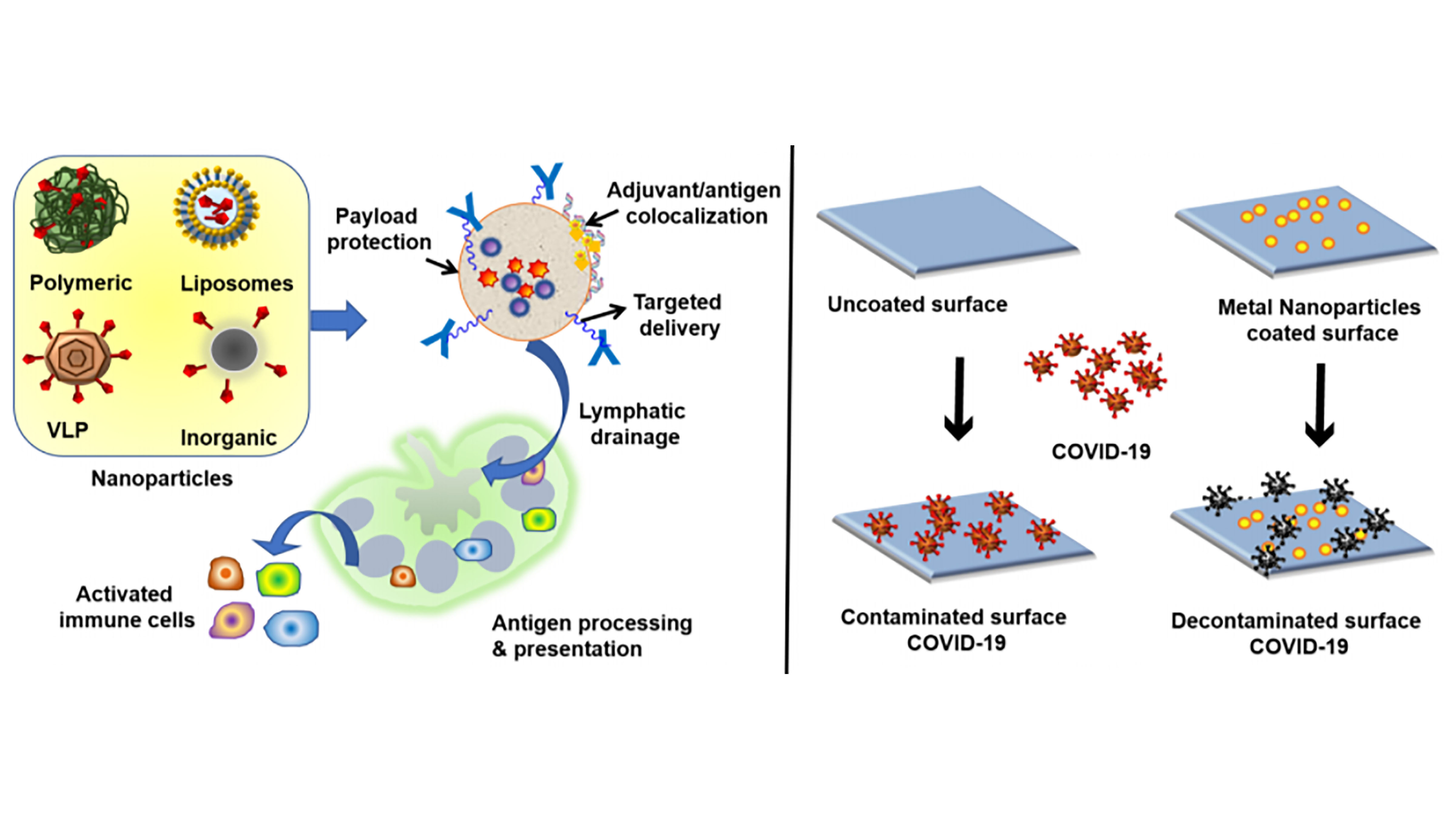
Biomaterials Could Mean Better Vaccines, Virus-Fighting Surfaces
Advances in the fields of biomaterials and nanotechnology could lead to big breakthroughs in the fight against dangerous viruses like the novel coronavirus that causes COVID-19. In APL Bioengineering, researchers from the Indian Institute of Science describe possibilities being explored by scientists, combining biomaterials and nanotechnology, to make vaccines more effective and build surfaces that could fight and kill viruses on their own.
3D-printed microbes open door to enhanced performance of biomaterials
Lawrence Livermore National Laboratory scientists have developed a new method for 3D printing living microbes in controlled patterns, expanding the potential for using engineered bacteria to recover rare-earth metals, clean wastewater, detect uranium and more.
Engineering study examines sunflower stem growth
Examining the structure of a sunflower stem as it matures can help both the plant scientist and the biomaterials engineer.
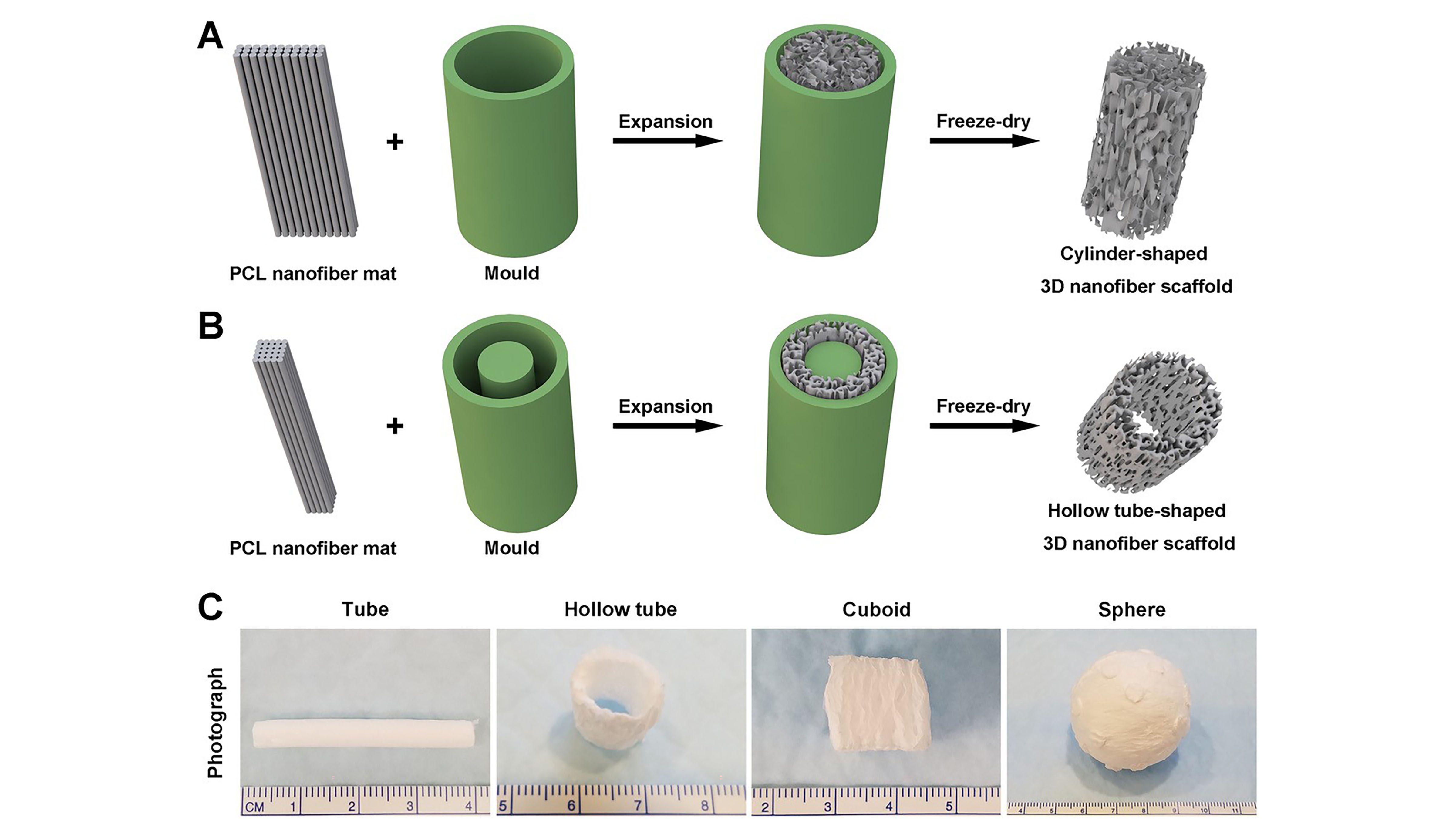
Nanofiber Membranes Transformed Into 3D Scaffolds
Researchers combined gas foaming and 3D molding technologies to quickly transform electrospun membranes into complex 3D shapes for biomedical applications. The new approach demonstrates significant improvements in speed and quality compared with other methods, and is the first successful demonstration of formation of 3D neural tissue constructs with an ordered structure through differentiation of human neural progenitor/stem cells on these transformed 3D nanofiber scaffolds. They discuss their work in this week’s Applied Physics Reviews.
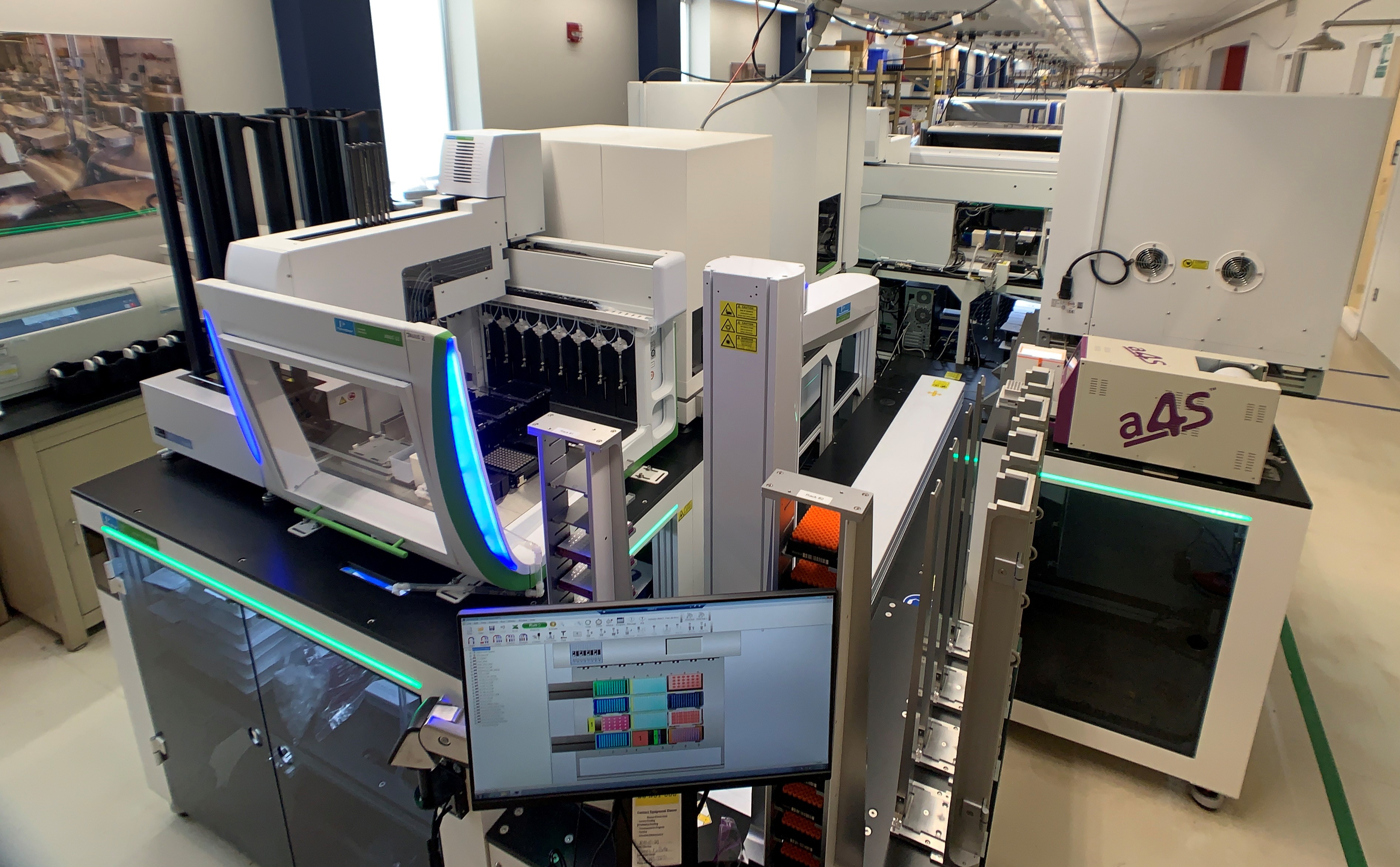
FDA Approves First At-Home Saliva Collection Test for Coronavirus
Rutgers’ RUCDR Infinite Biologics received an amended emergency use authorization from the FDA late Thursday for the first SARS-CoV-2 coronavirus test that will allow people to collect their own saliva at home and send to a lab for results. The decision follows the FDA’s recent emergency approval to RUCDR Infinite Biologics for the first saliva-based test, which involves health care workers collecting saliva from individuals at testing sites.
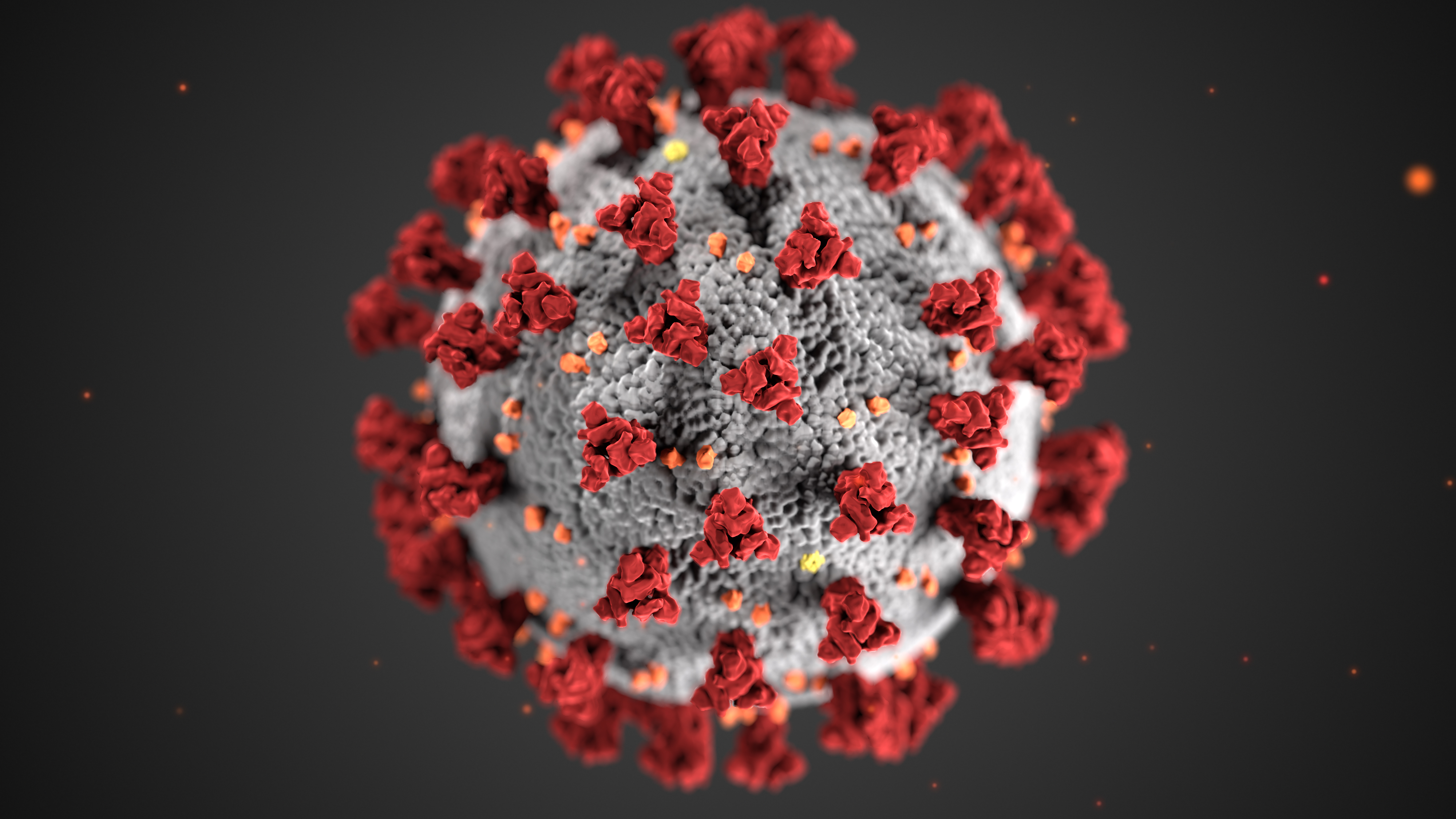
Rutgers Launches Genetic Testing Service for New Coronavirus
Rutgers’ RUCDR Infinite Biologics has launched a test for the SARS-CoV-2 coronavirus and is using its automation experience and infrastructure to test as many as tens of thousands of samples daily. RUCDR has also submitted an emergency use authorization request for a saliva collection method that will allow for broader population screening.
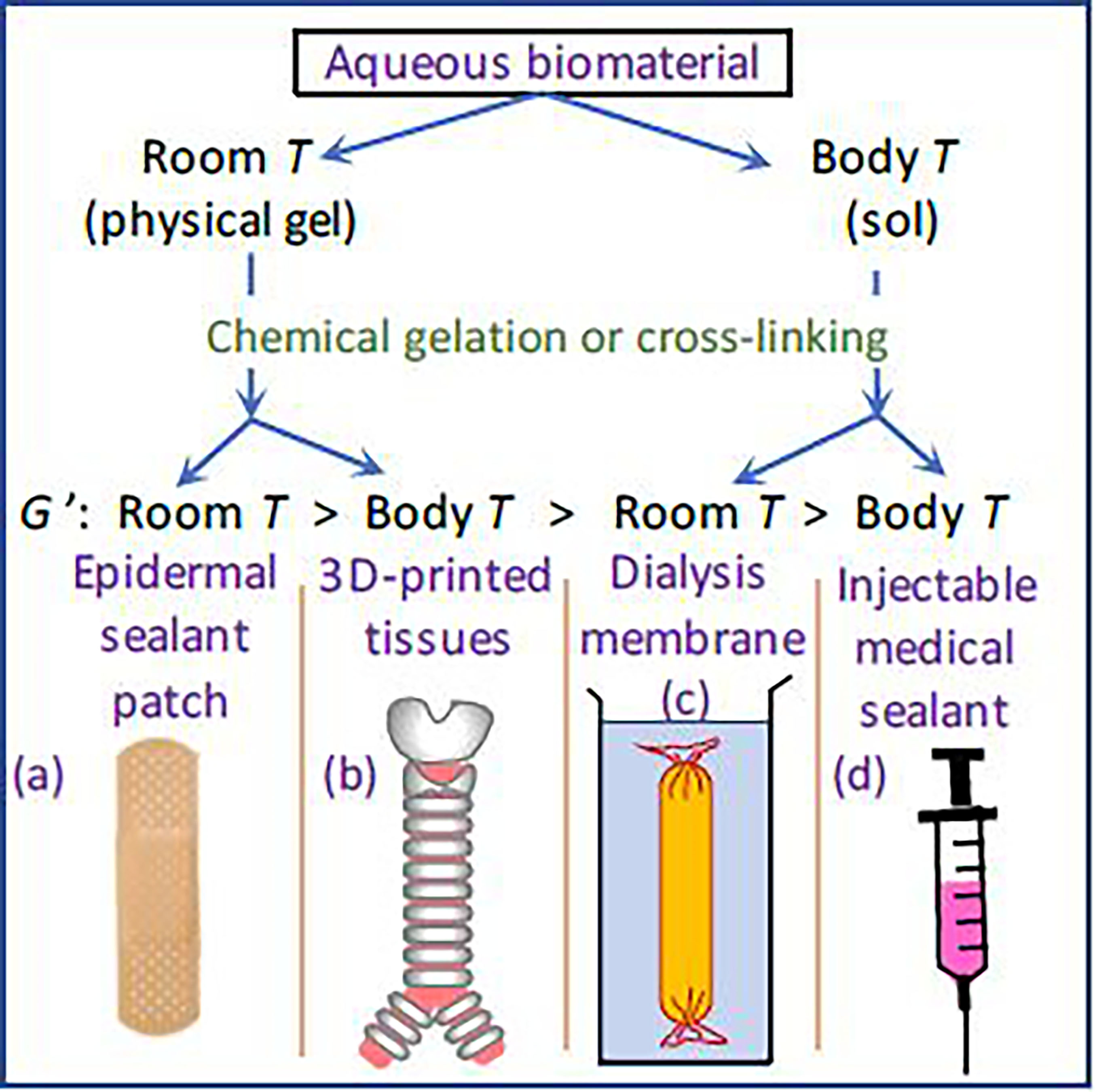
Adjusting Processing Temperature Results in Better Hydrogels for Biomedical Applications
Biohydrogels have been studied closely for their potential use in biomedical applications, but they often move between sols and gels, depending on their temperature, changes that can pose issues depending on the intended use. In Physics of Fluids, researchers discuss their work studying the effect of temperature on hydrogels. They found that creating hydrogels at room temperature or below results in more robust materials that function more effectively when used in the body.
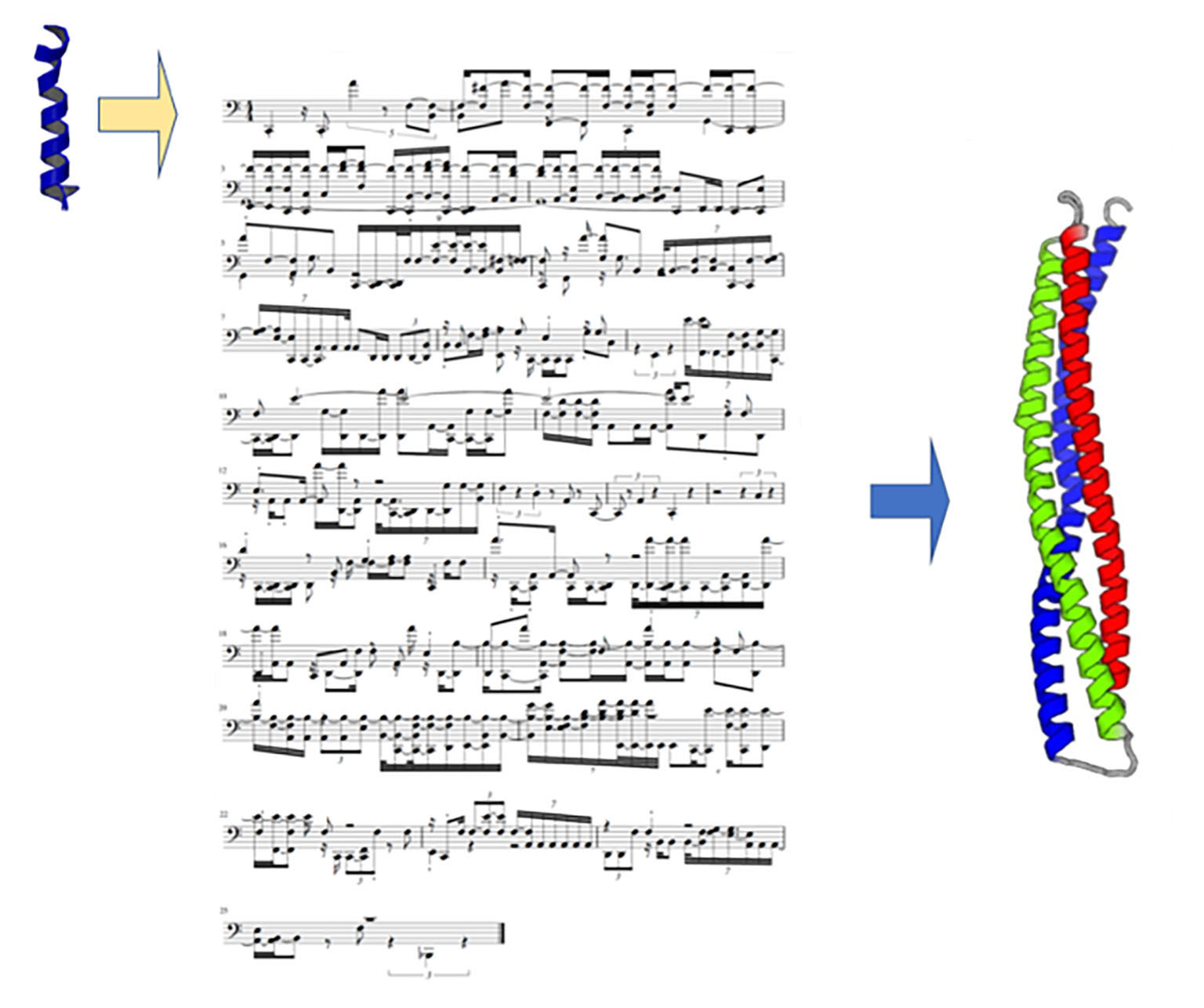
Composing New Proteins with Artificial Intelligence
Proteins are the building blocks of life and scientists have long studied how to improve them or design new ones. Traditionally, new proteins are created by mimicking existing proteins or manually editing their amino acids. This process is time-consuming, and it is difficult to predict the impact of changing an amino acid. In APL Bioengineering, researchers explore how to create new proteins by using machine learning to translate protein structures into musical scores, presenting an unusual way to translate physics concepts across domains.
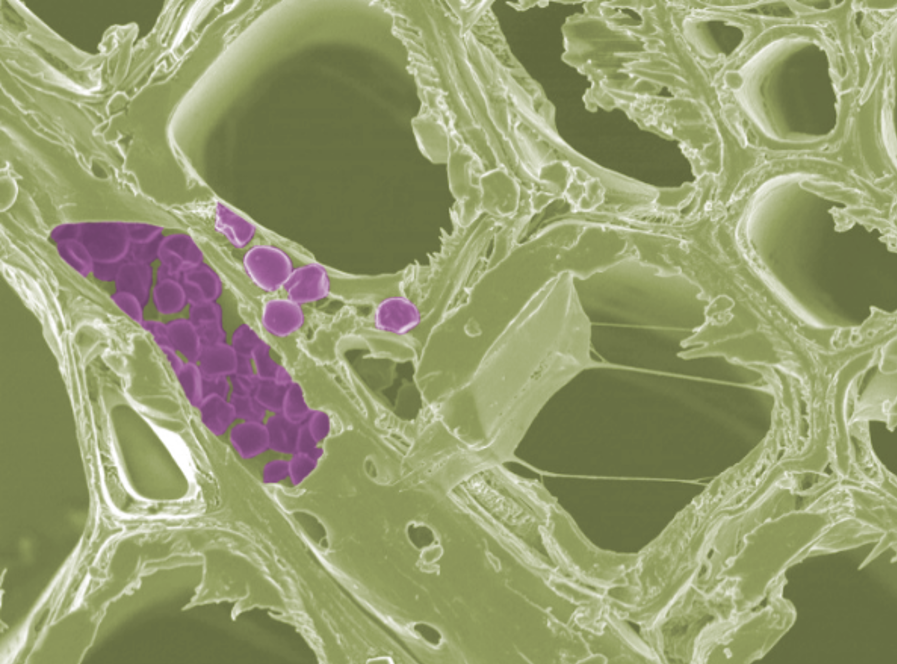
Seeing starch: Novel technique enables gentle observation of biofuel materials
Scientists at the Department of Energy’s Oak Ridge National Laboratory have developed a new method to peer deep into the nanostructure of biomaterials without damaging the sample. This novel technique can confirm structural features in starch, a carbohydrate important in biofuel production.
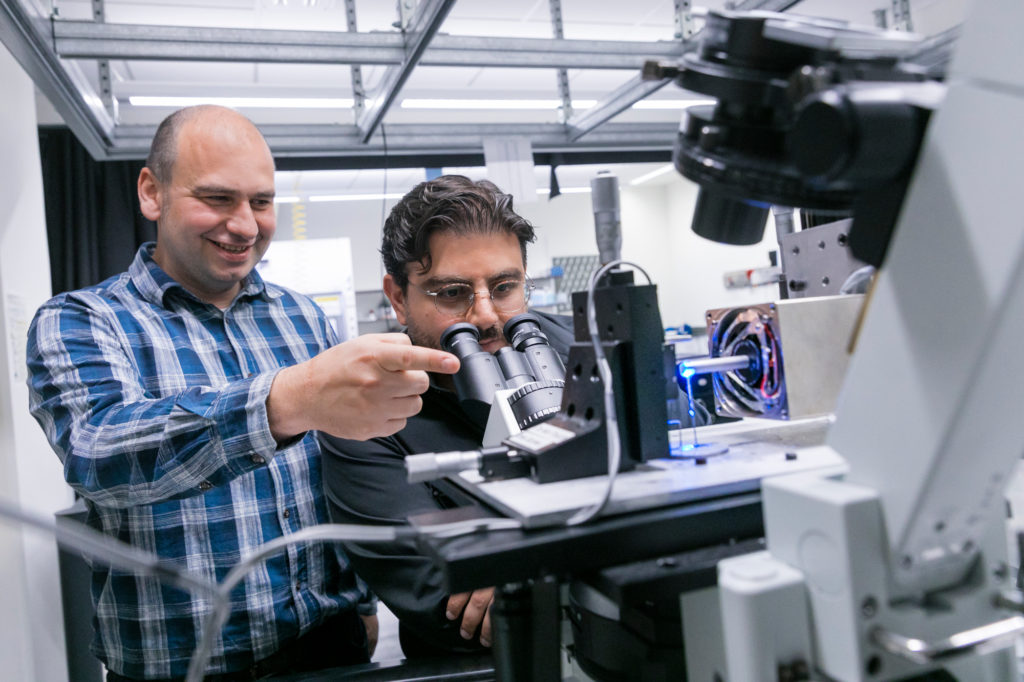
Structural changes of proteins help design shape-morphing materials
Two biophysicists at the University of Wisconsin-Milwaukee have introduced a method that could turn protein hydrogels into smart materials with shape-memory capabilities. The work opens the door for a wider use of protein hydrogels in both conventional and new fields, like soft robotics.